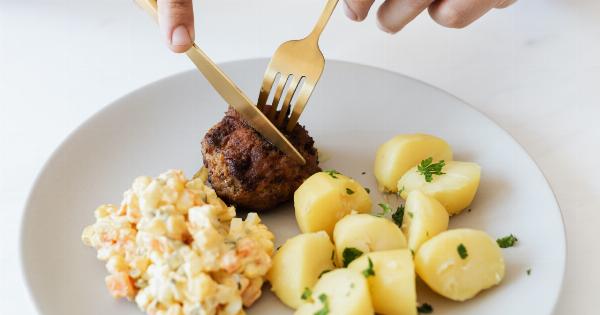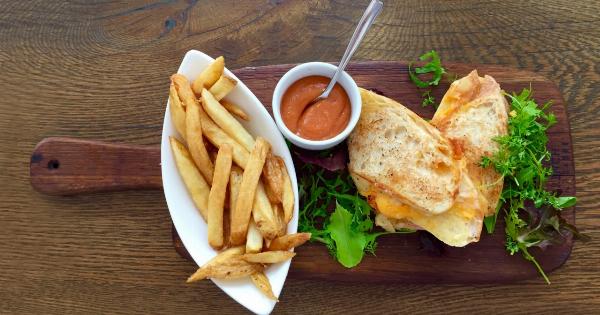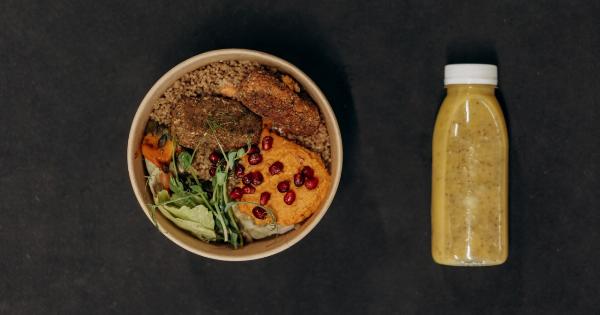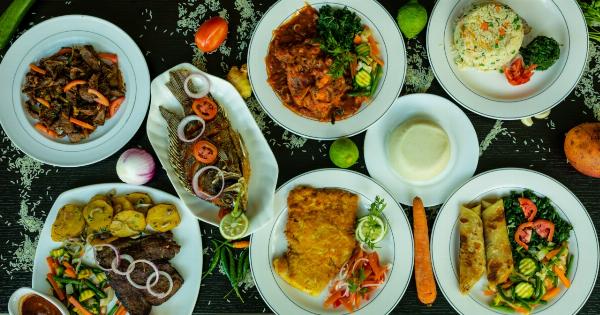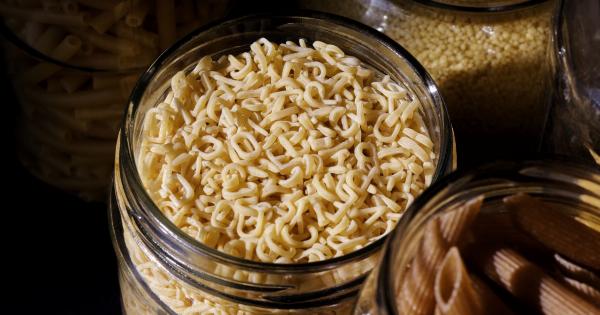Quinoa (pronounced keen-wah) is a nutrient-rich grain-like seed that originated in the Andean region of South America, mainly Peru, Bolivia, and Ecuador.
It has been a staple food for thousands of years in these regions and was even considered sacred by the Incas. Quinoa comes from the Chenopodium quinoa plant, which belongs to the same family as spinach, chard, and beets.
Nutritional Value of Quinoa
Quinoa is often referred to as a superfood due to its exceptional nutritional profile. It is packed with essential vitamins, minerals, and antioxidants, making it an excellent choice for those looking to maintain a healthy diet.
Here are some of the key nutrients found in quinoa:.
- Protein: Quinoa is one of the few plant-based complete protein sources, containing all nine essential amino acids.
- Fiber: It is rich in dietary fiber, which promotes healthy digestion and can aid in weight management.
- Carbohydrates: Quinoa provides complex carbohydrates that release energy slowly, keeping you feeling full for longer.
- Fat: It contains healthy fats, including omega-3 fatty acids and monounsaturated fats.
- Minerals: Quinoa is a good source of minerals like magnesium, potassium, zinc, and iron.
- Vitamins: It is rich in vitamins such as vitamin B6, folate, and vitamin E.
Quinoa and Diabetes
Diabetes is a chronic condition characterized by elevated blood sugar levels. It requires careful management of diet and lifestyle to maintain stable blood glucose levels. Incorporating quinoa into a diabetic meal plan can offer numerous benefits:.
1. Low Glycemic Index
The glycemic index (GI) is a measure of a food’s impact on blood sugar levels. Quinoa has a low GI, meaning it causes a slower and more gradual rise in blood sugar compared to high-GI foods.
This can help prevent spikes in blood glucose levels, making quinoa a suitable choice for individuals with diabetes.
2. High in Fiber
Quinoa is an excellent source of dietary fiber, both soluble and insoluble. Fiber helps regulate blood sugar levels by slowing down the absorption of glucose in the bloodstream.
It also aids in maintaining a healthy body weight and improves digestion, reducing the risk of developing complications associated with diabetes.
3. Rich in Protein
Protein is essential for repairing and building tissues, along with numerous other functions in the body. Quinoa is a complete protein source, making it particularly beneficial for individuals following a vegetarian or vegan diet.
Protein-rich foods help stabilize blood sugar levels and promote satiety, preventing overeating and aiding in weight management.
4. Abundance of Nutrients
Quinoa is rich in essential vitamins and minerals, such as magnesium and potassium. These nutrients play a crucial role in managing diabetes as they help regulate blood pressure, nerve function, and insulin sensitivity.
5. Gluten-Free Option
For individuals with diabetes who also have celiac disease or gluten sensitivity, quinoa serves as an excellent gluten-free alternative to wheat and other grains.
It can be incorporated into various dishes without triggering adverse reactions, allowing for a more diverse and enjoyable diet.
How to Incorporate Quinoa Into Your Diet
Quinoa is incredibly versatile and can be used in a variety of dishes. Here are some ideas on how to incorporate quinoa into your diet:.
1. Quinoa Salad
Enjoy a refreshing salad by combining cooked quinoa, diced vegetables, such as tomatoes, cucumbers, and bell peppers, along with herbs, lemon juice, and a drizzle of olive oil.
2. Quinoa Stir-Fry
Create a nutritious stir-fry by stir-frying cooked quinoa with an array of colorful vegetables, such as carrots, broccoli, and peas. Add some protein like tofu or shrimp for an extra boost.
3. Quinoa Breakfast Bowl
Prepare a delicious and energizing breakfast by combining cooked quinoa with Greek yogurt, fresh fruits like berries or sliced bananas, and a sprinkle of nuts or seeds.
4. Quinoa Stuffed Peppers
Stuff bell peppers with a mixture of cooked quinoa, lean ground turkey or beef, diced tomatoes, onions, and your favorite seasonings. Bake until the peppers are tender and enjoy a filling and nutritious meal.
5. Quinoa Porridge
Cook quinoa with milk or plant-based milk, add a touch of sweetness with honey or maple syrup, and top it off with your favorite fruits and a sprinkle of cinnamon for a cozy and nutritious breakfast option.
Conclusion
Quinoa is a diabetes-friendly superfood that offers numerous health benefits. Its low glycemic index, high fiber and protein content, and rich nutrient profile make it an ideal addition to a diabetic meal plan.
By incorporating quinoa into your diet in various delicious ways, you can harness its diabetes-fighting power and enjoy its nutritional advantages.













